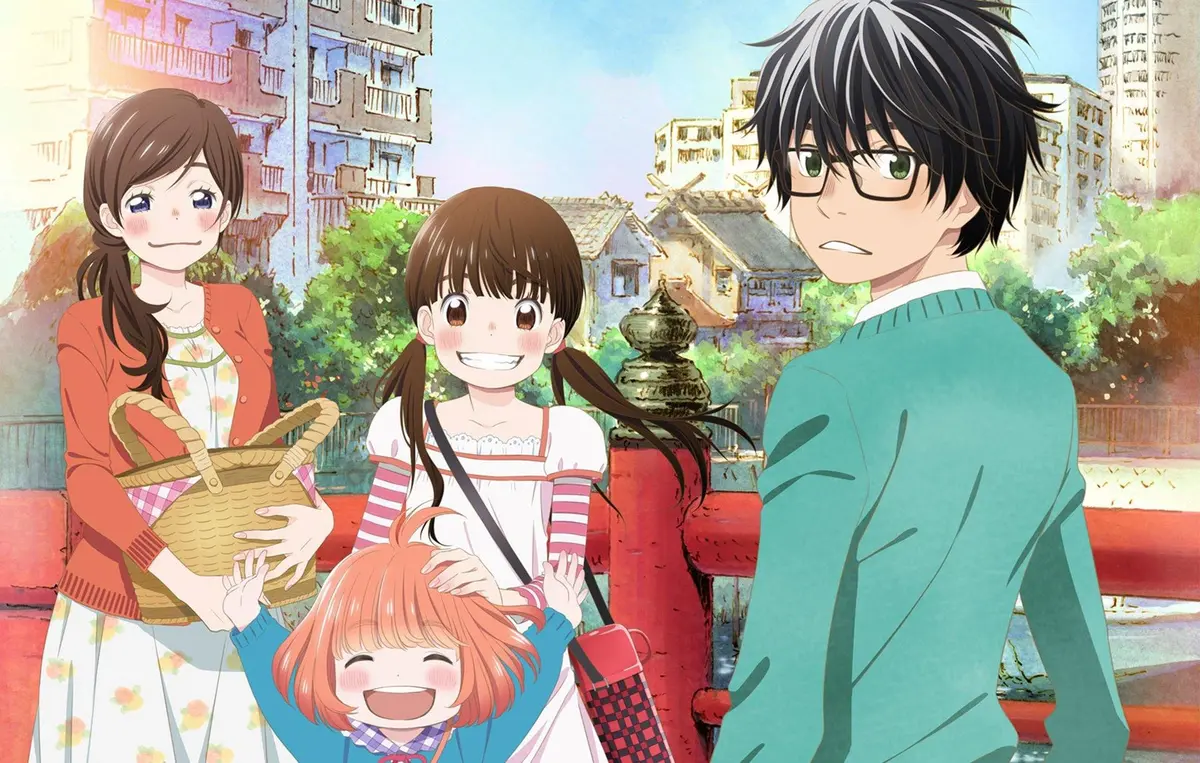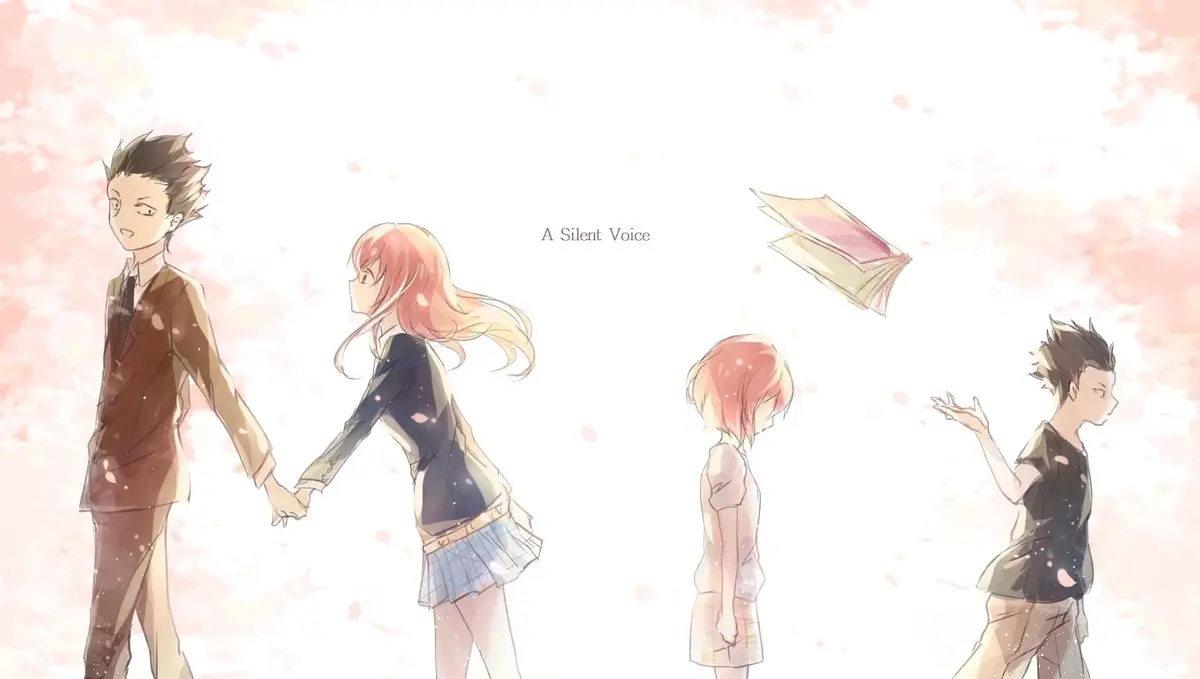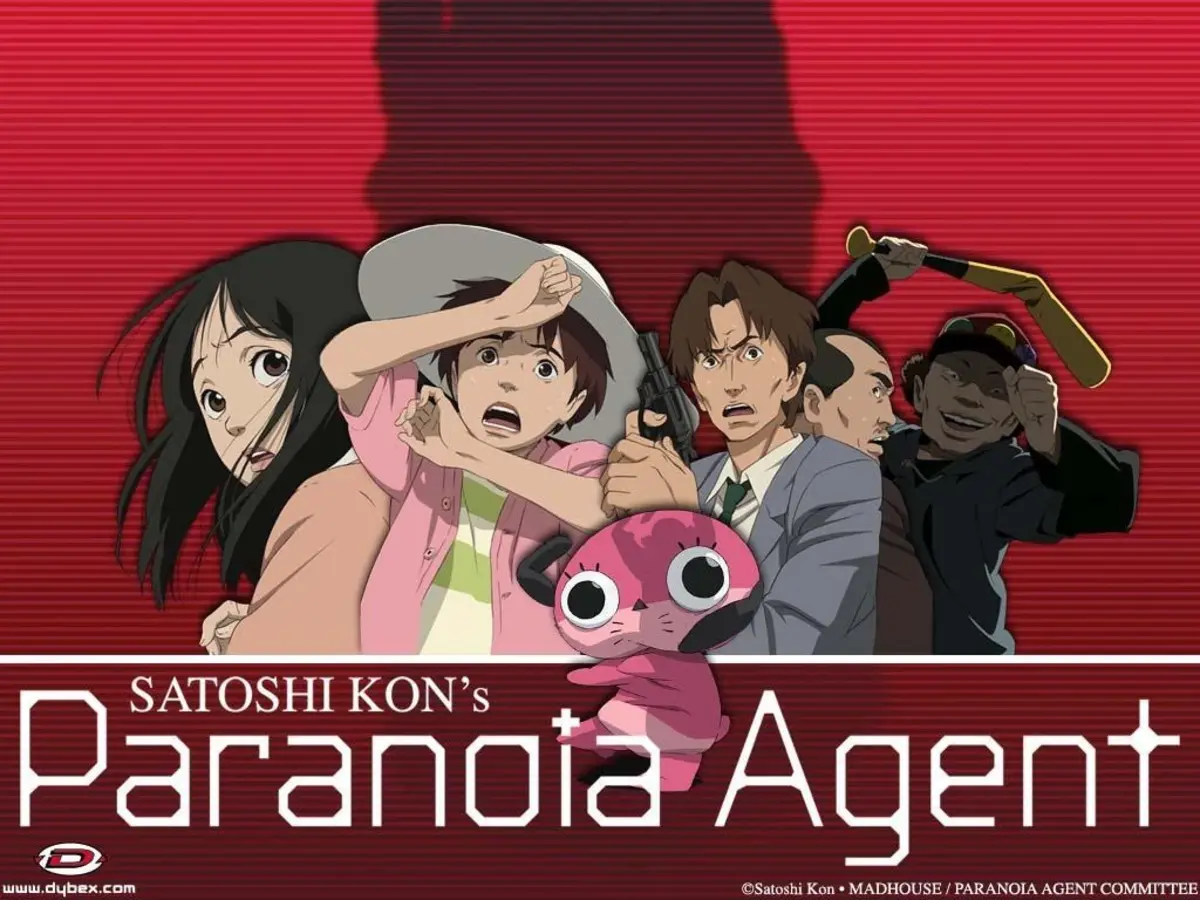If Japanese animation has captivated global audiences, it’s not just through visual storytelling or complex characters. The often-overlooked music plays a fundamental role – becoming an invisible yet omnipresent character in its own right.
The Opening Act : Setting the Tone
From an episode’s first seconds, the opening theme establishes atmosphere. These musical introductions serve as narrative promises – whether through lyrical double meanings or raw energy encapsulating the series’ essence.

Leitmotifs and Emotional Architecture
Anime composers often join production early, crafting recurring musical motifs tied to characters or themes. This creates emotional continuity throughout stories.
In Death Note, Yoshihisa Hirano‘s organ and choir arrangements elevate Light and L’s intellectual duel into sacred drama. Meanwhile, Yuki Kajiura‘s minimalist score for Erased mirrors both childhood innocence and adult anxiety through delicate piano work.
World-Building Through Sound
Music constructs immersive spaces. Kenji Kawai‘s cyberpunk soundscape in Ghost In The Shell blends Bulgarian chants with industrial electronics, while Samurai Champloo fuses hip-hop with traditional Japanese instruments.

Music as Character Development
Diegetic music (heard by characters) becomes emotional catharsis. Given transforms unspoken feelings into band performances, while A Silent Voice uses Kensuke Ushio’s score to mirror personal growth.
Even silence plays a role – series like March Comes in Like a Lion use musical absence to amplify introspection.
Cultural Impact and Legacy
Anime soundtracks now transcend their medium. Hiroyuki Sawano has achieved rockstar status, while Attack on Titan and One Piece themes dominate global streaming platforms.

The Unspoken Language of Anime
Anime music is never incidental. It’s carefully constructed to amplify narratives – whether through Susumu Hirasawa‘s experimental dissonance in Paranoia Agent or Classica Loid‘s classical adaptations.
To analyze anime without its music is to ignore the medium’s most intimate dimension – what these stories whisper when dialogue falls silent.
When Music Speaks – The Soul Behind Anime’s Greatest Soundtracks
Table of Contents
If Japanese animation has captivated global audiences, it’s not just through visual storytelling or complex characters. The often-overlooked music plays a fundamental role – becoming an invisible yet omnipresent character in its own right.
The Opening Act : Setting the Tone
From an episode’s first seconds, the opening theme establishes atmosphere. These musical introductions serve as narrative promises – whether through lyrical double meanings or raw energy encapsulating the series’ essence.
Leitmotifs and Emotional Architecture
Anime composers often join production early, crafting recurring musical motifs tied to characters or themes. This creates emotional continuity throughout stories.
In Death Note, Yoshihisa Hirano‘s organ and choir arrangements elevate Light and L’s intellectual duel into sacred drama. Meanwhile, Yuki Kajiura‘s minimalist score for Erased mirrors both childhood innocence and adult anxiety through delicate piano work.
World-Building Through Sound
Music constructs immersive spaces. Kenji Kawai‘s cyberpunk soundscape in Ghost In The Shell blends Bulgarian chants with industrial electronics, while Samurai Champloo fuses hip-hop with traditional Japanese instruments.
Music as Character Development
Diegetic music (heard by characters) becomes emotional catharsis. Given transforms unspoken feelings into band performances, while A Silent Voice uses Kensuke Ushio’s score to mirror personal growth.
Even silence plays a role – series like March Comes in Like a Lion use musical absence to amplify introspection.
Cultural Impact and Legacy
Anime soundtracks now transcend their medium. Hiroyuki Sawano has achieved rockstar status, while Attack on Titan and One Piece themes dominate global streaming platforms.
The Unspoken Language of Anime
Anime music is never incidental. It’s carefully constructed to amplify narratives – whether through Susumu Hirasawa‘s experimental dissonance in Paranoia Agent or Classica Loid‘s classical adaptations.
To analyze anime without its music is to ignore the medium’s most intimate dimension – what these stories whisper when dialogue falls silent.